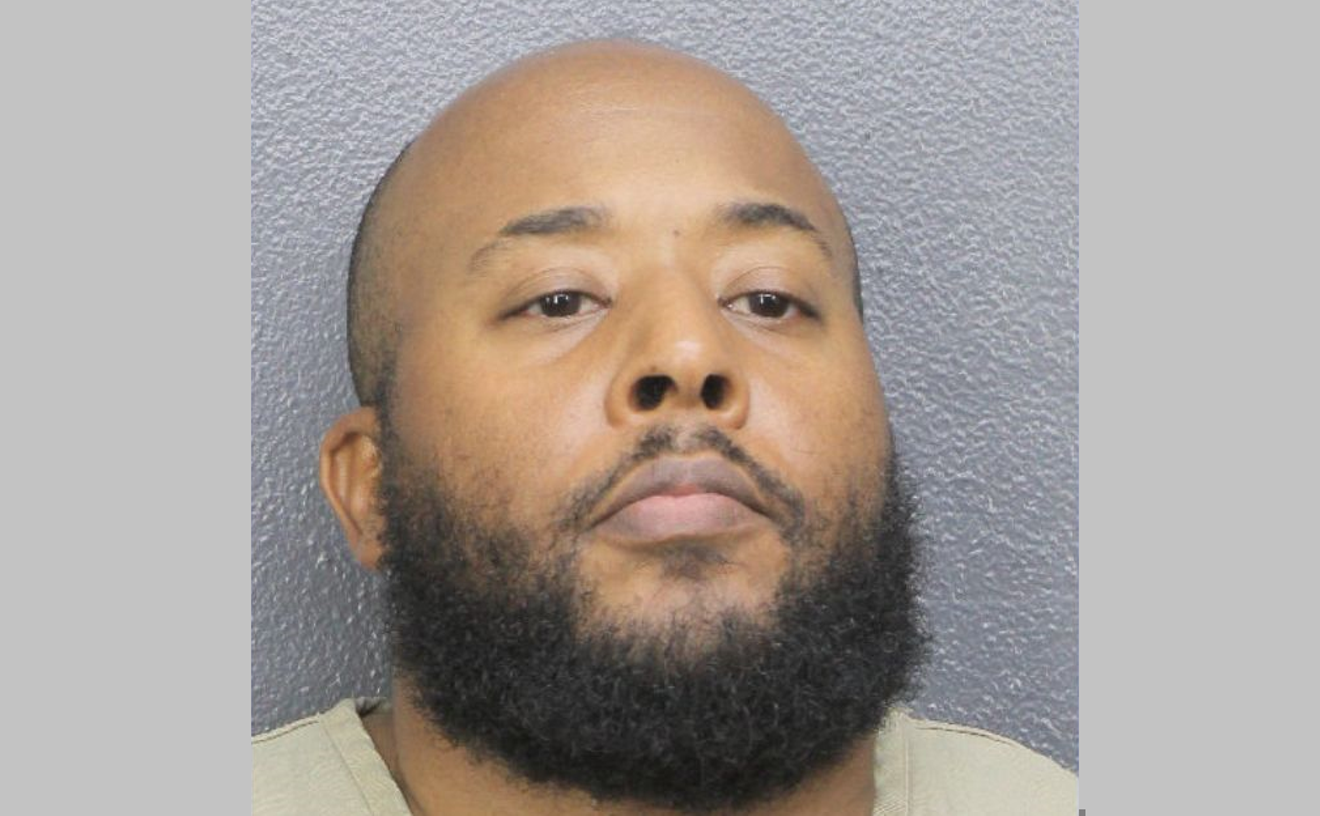On the heels of a mass avian death in which more than 1,000 birds died after crashing into a Chicago convention center, the Tropical Audubon Society is ramping up efforts to monitor bird-building collisions in South Florida.
Studies indicate building collisions are the leading cause of human-related, traumatic deaths in birds. The frequency of the collisions is worrisome in cities like Miami that have expanding high-rise construction and a growing number of tall, all-glass, or reflective buildings.
Brian Rapoza, a birding trip coordinator for the Tropical Audubon Society, tells New Times that bright light emanating from tall buildings disorients birds, often causing them to veer off course and crash into the structures at full speed. It's estimated that hundreds of millions of birds die each year in the U.S. as a result of collisions with buildings and other manmade structures.
"If they're flying over a brightly lit city, they'll tend to start swirling around buildings that have the bright lights," Rapoza says. "It's like a moth coming to a light bulb or a flame."
When the sun rises, Rapoza explains, birds become confused by reflections they see in windows.
"They see the reflection of vegetation, especially in the lower stories of buildings and they'll think that it's actual vegetation. They'll fly toward it right into a window. Oftentimes it's a fatal collision," Rapoza says.
Cities around the nation have spearheaded efforts to curb collision-related bird deaths by advocating for the adoption of bird-friendly glass in building construction and limiting light pollution, particularly during the fall and spring migration seasons. Tropical Audubon Society launched its Lights Out Miami campaign in 2021 to encourage people to turn off lights from 11 p.m. to sunrise, to use timers on lights, and close blinds or shades.
The nonprofit recruits volunteers to survey around their homes and office buildings to report collision-related deaths and injuries on the dBird database. While thriving monitoring programs driven by volunteers exist in New York City and Chicago, Rapoza hasn't had the same luck in South Florida, he says.
"It's a real struggle," he tells New Times. "I'm the manager of the team. I just simply can't find players to fill the team to get the data that we need."
Rapoza says he has only one actively surveying volunteer, who is living in Key Biscayne. Since the program launched, thirty people have volunteered to collect data in Miami-Dade County and only 73 submissions have been reported in the database for the region, he says.
According to the minimal collected data, 41 birds have died and nine were injured from building collisions. Of those birds, 21 were ovenbirds, a type of warbler. A majority of the 50 reported incidents involved birds found on the University of Miami campus.
"The idea eventually is once we start identifying problematic buildings, we want to contact the building managers and let them know that their building is a problem for bird collisions and give them information on how to reduce the likelihood of collision," Rapoza says. "We just aren't there."
He tells New Times he fears collisions are happening frequently right under local residents' noses, but the lack of volunteers makes it difficult to accurately report the problem.
"It's almost certainly happening in Miami," he adds. "The woman that's going around her building on Key Biscayne is finding birds virtually every day. I think the same is happening in most of those buildings downtown and Brickell, but I just can't find people that are willing to walk around those buildings on a regular basis or even once, to check to see what's actually going on."
Many of the birds injured from window strikes wind up at the Pelican Harbor Seabird Station, where staff try to nurse them back to full strength and release them.
Since 2016, the station has documented the number of birds it has treated for collision injuries. The station treated its highest number of collision patients in 2021 with 123 birds. Seventy-eight died or were euthanized, and 45 were transferred or released.
In 2022, seventy-three birds injured in collisions were brought to the station, twenty-nine of which were eventually released into the wild or transferred to another facility. The type of birds treated at the station for collision injuries were most often ovenbirds, Chuck-will's-widows, common yellowthroats, and black-throated blue warblers.
Rapoza is giving a presentation, "The Effects of Light Pollution on Migrating Birds," at 5:30 p.m. on November 8 at the seabird station to discuss bird collision-reduction strategies and how to get involved in the collision monitoring program.
"We need the cooperation of regular citizens, the community in general, to fix the problem," he tells New Times.
To volunteer as a bird collision data collector, contact Brian Rapoza at [email protected] or visit tropicalaudubon.org/lights-out-miami.
Environment
Tropical Audubon Society Needs Help Monitoring Bird Deaths in South Florida
While other big cities have thriving programs to monitor bird deaths, the Tropical Audubon Society hasn't had the same luck in Miami.

Studies estimate that hundreds of millions of birds are killed annually in collisions with manmade structures.
Photo by Olase/Getty Images
[
{
"name": "Editor Picks",
"component": "17482312",
"insertPoint": "4",
"requiredCountToDisplay": "1"
},{
"name": "Inline Links",
"component": "18711090",
"insertPoint": "8th",
"startingPoint": 8,
"requiredCountToDisplay": "7",
"maxInsertions": 25
},{
"name": "Air - MediumRectangle - Combo - Inline Content",
"component": "17482310",
"insertPoint": "8th",
"startingPoint": 8,
"requiredCountToDisplay": "7",
"maxInsertions": 25
},{
"name": "Inline Links",
"component": "18711090",
"insertPoint": "8th",
"startingPoint": 12,
"requiredCountToDisplay": "11",
"maxInsertions": 25
},{
"name": "Air - Leaderboard Tower - Combo - Inline Content",
"component": "17482313",
"insertPoint": "8th",
"startingPoint": 12,
"requiredCountToDisplay": "11",
"maxInsertions": 25
}
]









